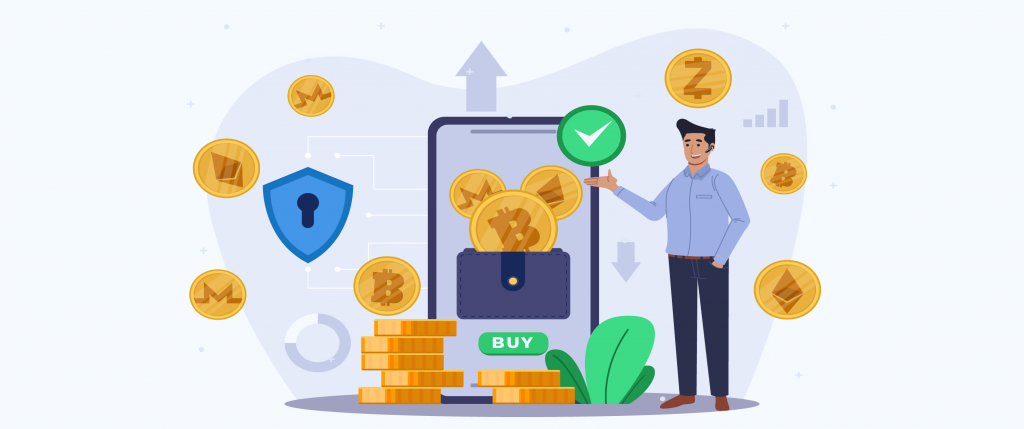Insights
How will the new digital lending guidelines by the RBI affect the industry and curb fraud?
August 16, 2022The RBI released a regulatory framework for digital lending on August 10, 2022 (Regulatory Framework) which includes an implementation plan for the recommendations of the Working Group on Digital Lending (Working Group) (constituted by the RBI on January 13, 2021). The RBI has indicated that these rules apply to all entities regulated by the RBI (REs) and the Fintech platforms or lending service providers (LSPs) that have partnered with REs to offer digital lending products.

Consumer protection, data security and supervision over LSPs (by REs) are three key themes of the Regulatory Framework.
Implications for the industry
The guidelines will, to some extent, alter the dynamic between REs and LSPs. Today, while all REs are subject to regulatory oversight, LSPs have, for the most part, been operating in an unregulated space. This position will now change.
Read More+
The RBI has made it clear that an RE must supervise and monitor the functioning of all LSPs it partners with to ensure that such LSP (i) has a comprehensive data privacy policy that is publicly available; (ii) clear consent of the borrower is taken prior to collecting and processing any data; (ii) has a comprehensive customer grievance redressal mechanism in place; and (i) is technically sounds and able to comply with applicable regulations.
Detailed rules around the functioning of a self-regulatory organization (SRO) are expected. The SRO will be responsible for overseeing the functioning of REs and LSPs and will frame a fair practices code for recovery processes, standardize agreements between REs and LSPs, recommend a code of conduct for marketing and advertising and also maintain a negative list of “bad actors” (i.e. non-compliant LSPs).
Digital lenders have been waiting for clarity on how the first loss default guarantee (FLDG) lending model will be regulated. An FLDG is an arrangement under which an LSP issues a guarantee to the RE that provides credit protection for an agreed percentage of the first loss or borrower default on a loan portfolio sourced by such LSP. The digital lending industry in India relies significantly on FLDG models which are not just an important credit enhancement tool but also form the basis for much of the credit access to the small business and retail consumer segments.
The RBI has not prohibited the issue of FLDGs by LSPs (which was initially feared) but indicated that the regulation of FLDGs is still under consideration. The new rules, however, do require all FLDG structures to comply with the Master Directions – RBI (Securitisation of Standard Assets) Directions 2021 (Securitisation Directions).
It is not entirely clear which aspects of these directions will apply. Most likely, the requirements governing credit enhancements, servicing facilities, and capital adequacy requirements will need to be complied with. A key question is whether only regulated entities (regulated by at least one financial services regulator) will be eligible to issue FLDGs. More clarity on this issue is needed.
Fraud Control
Non-transparent interest rates, unauthorized use of data and aggressive recovery practices adopted by a few “bad actor” LSPs is what initially prompted the RBI to re-look at the regulatory framework for digital lending. The current guidelines seek to put in place a set of rules that will create a safe digital lending ecosystem for borrowers.
Only licensed REs are now permitted to handle loan funds. All loan disbursals and repayments must occur only between the bank accounts of the RE and the borrower. Fund flow through pass through or pooled accounts of LSPs has been prohibited. This rule is aligned with the RBI’s approach to regulating Fintech generally (for instance, in the case of payment aggregators also) where only licensed entities are allowed to handle consumer funds.
Borrowers must be permitted to repay digital loans without any penalty during a “cooling off period” and any automatic increase in credit limits has been prohibited.
The RE must make the loan documentation available to the borrower directly (and not via the LSP).
The RBI has emphasized that there must be clear and transparent disclosure of all loan terms to the borrower up-front. All costs, charges and interest payable in connection with the loan must be disclosed in the form of a single annual percentage rate (APR) that indicates the the aggregate cost of borrowing to consumers. No hidden charges can be levied.
An RE must publish on its website a list of all LSP partners that its works with which will allow borrowers to verify which platforms are authorized and legitimate.
The RBI has also asked the Government of India to evaluate setting up a nodal agency (called Digital India Trust Agency) that will supervise and verify all digital lending applications before such can be accessed by the public. This will be an important fraud control measure to screen out illegitimate players.
The Regulatory Framework will play an important role in creating a digital lending ecosystem that focusses on consumer protection, requires strong fraud control measures, protects consumer data and ensures transparency not just in product terms and costs but also in credit decision-making.
This article was originally published in The Economic Times on 16 August 2022 Written by: Shilpa Mankar Ahluwalia, Partner. Click here for original article
Read Less-
Disclaimer
This is intended for general information purposes only. The views and opinions expressed in this article are those of the author/authors and does not necessarily reflect the views of the firm.


